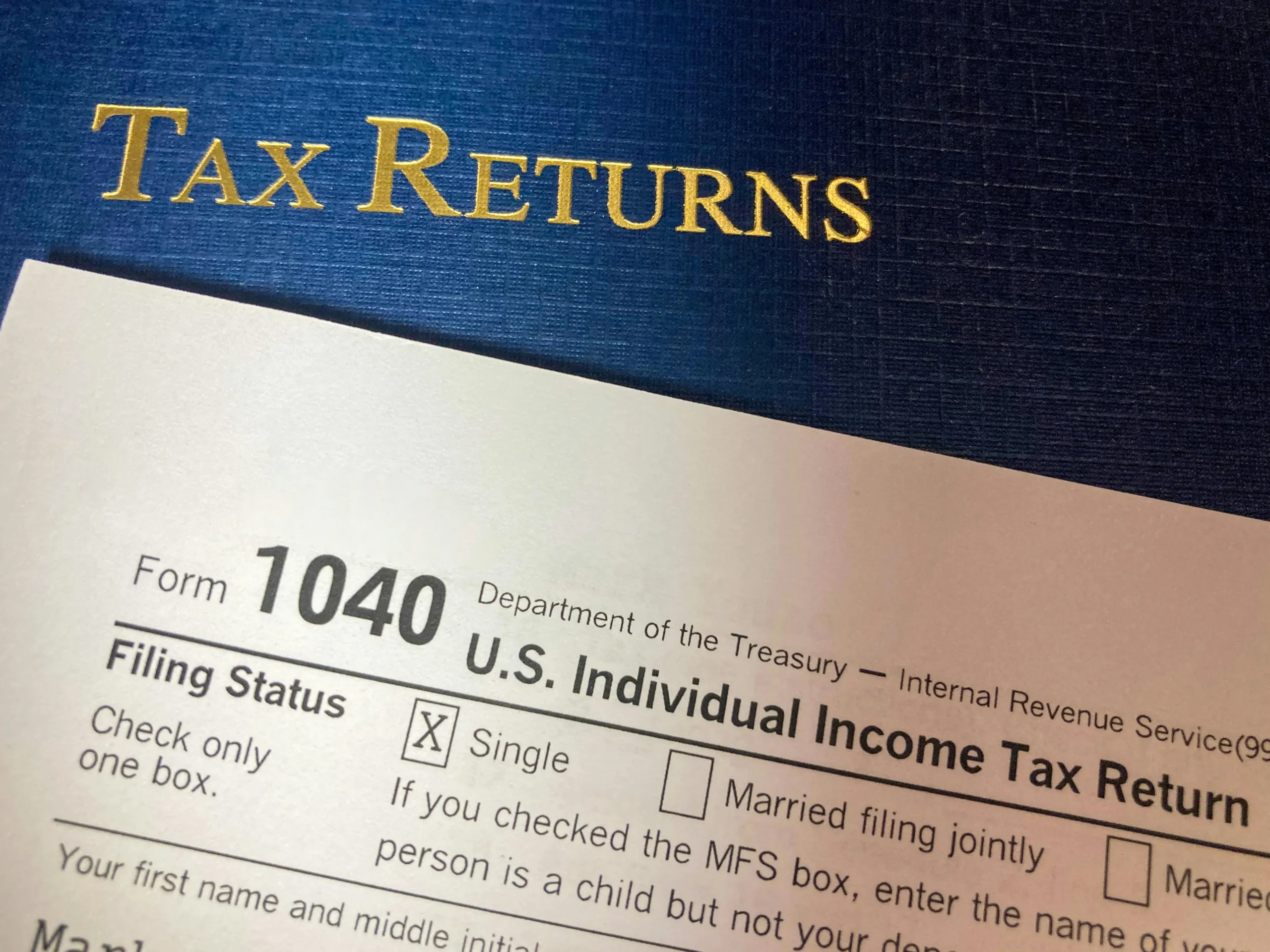Will the Child Tax Credit Transform Family Finances in 2025?
As the 2025 tax year approaches, millions of American families are holding their breath, anticipating potentially transformative changes to the Child Tax Credit (CTC). The upcoming tax landscape could dramatically reshape financial support for families across the United States, with significant implications for child poverty and household economic stability.
The Current Landscape
The Child Tax Credit stands at a critical crossroads. Key provisions from the Tax Cuts and Jobs Act (TCJA) are set to expire, creating uncertainty for approximately 19 million children currently excluded from receiving full benefits. Experts warn that the potential changes could have far-reaching consequences for family finances.
Key Challenges and Opportunities
Advocates are pushing for comprehensive reforms that could potentially:
- Increase the credit amount
- Expand eligibility
- Make the credit fully refundable
- Provide more consistent support for low-income families
“The Child Tax Credit is more than just a financial instrument—it’s a lifeline for millions of American families,” says Dr. Emily Rodriguez, a leading family policy researcher.
Historical Context
The American Rescue Plan Act of 2021 temporarily expanded the CTC, providing a glimpse of what comprehensive family support could look like. During its temporary expansion, the credit demonstrated remarkable potential in addressing child poverty and supporting family economic stability.
Financial Impact
Research indicates that an expanded Child Tax Credit could:
- Lift millions of children out of poverty
- Provide critical support for essential expenses
- Improve children’s health and educational outcomes
The 2025 Debate
Lawmakers are engaged in a complex dialogue about the future of the Child Tax Credit. The debate extends beyond mere financial calculations, touching on broader issues of social welfare, government support, and family economic security.
Potential Scenarios
The 2025 tax debate could unfold in several ways:
- Complete Expiration: Reverting to pre-2021 credit levels
- Partial Expansion: Moderate increases in credit amount
- Comprehensive Reform: Significant restructuring of the CTC
Economic and Social Implications
The stakes are high. Families across income brackets are watching closely, understanding that the CTC’s future could significantly impact their financial planning and day-to-day economic survival.
Voices of Advocacy
Numerous organizations are lobbying for meaningful CTC expansion, arguing that it represents a critical investment in America’s future. They emphasize the credit’s role in:
- Supporting child development
- Reducing economic inequality
- Providing a safety net for vulnerable families
Looking Forward
As 2025 approaches, uncertainty remains. However, the conversation around the Child Tax Credit has never been more robust or more critical.
Key Considerations
Policymakers must balance:
– Fiscal responsibility
– Family economic support
– Long-term social investment
Conclusion
The Child Tax Credit stands at a pivotal moment. Its evolution will not just be a tax policy update, but a statement about how society values and supports families.
Stay informed, engage with local representatives, and prepare for potential changes that could reshape family finances in 2025.
Disclaimer: This analysis is based on current information and expert projections. Individual financial situations may vary, and families should consult tax professionals for personalized advice.
Related Resources:
– Treasury Department Child Tax Credit Information
– National Conference of State Legislatures CTC Overview






Leave a Comment